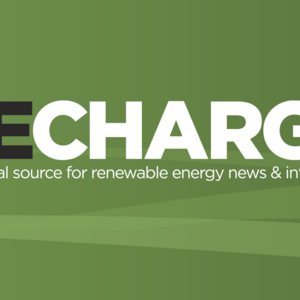Just weeks before President-elect Donald Trump’s inauguration, President Joe Biden is making a final push to ramp up U.S. climate goals, addressing concerns over global warming. He announced on Thursday, Dec. 19, he wants to slash greenhouse gas emissions to at least 61% below 2005 levels by 2035.
In 2021, he pledged at least a 50% reduction by 2030.
The new target is under the terms of the 2015 Paris Climate Agreement, which President-elect Trump has said he plans to withdraw from when he takes office. He did the same during his first term.
Trump has also already promised a series of executive actions that will undo most or all of Biden’s climate agenda to align with his plans to expand fossil fuel production.
While the incoming administration could dismiss Biden’s new climate goals, the Biden administration said states, cities and businesses can still aim to meet the new number with technology advancements like cheaper wind and solar energy, as well as nuclear power and grid upgrades.
A bipartisan coalition of governors from 24 states are joining the effort to meet the target. New York Gov. Kathy Hochul, D, said the new collective goal will serve as their “north star.” President Biden’s target also sends a signal to other countries, including China, which is the world’s top emitter of annual carbon dioxide emissions from fossil fuel use.
According to the Global Carbon Budget, China released 11.9 billion metric tons of carbon dioxide emissions in 2023, making it by far the world’s largest polluter. Several countries have updated their formal climate pledges under the Paris agreement, with the U.K. announcing that it would cut its emissions 81% below 1990 levels by 2035.
A recent study by Climate Action Tracker found that if every country followed through with their plans, global average temperatures would still be on track to rise roughly 2.6 degrees Celsius.
The Paris agreement originally hoped to reduce global warming below 2 degrees Celsius.
























































